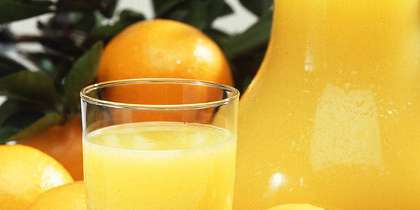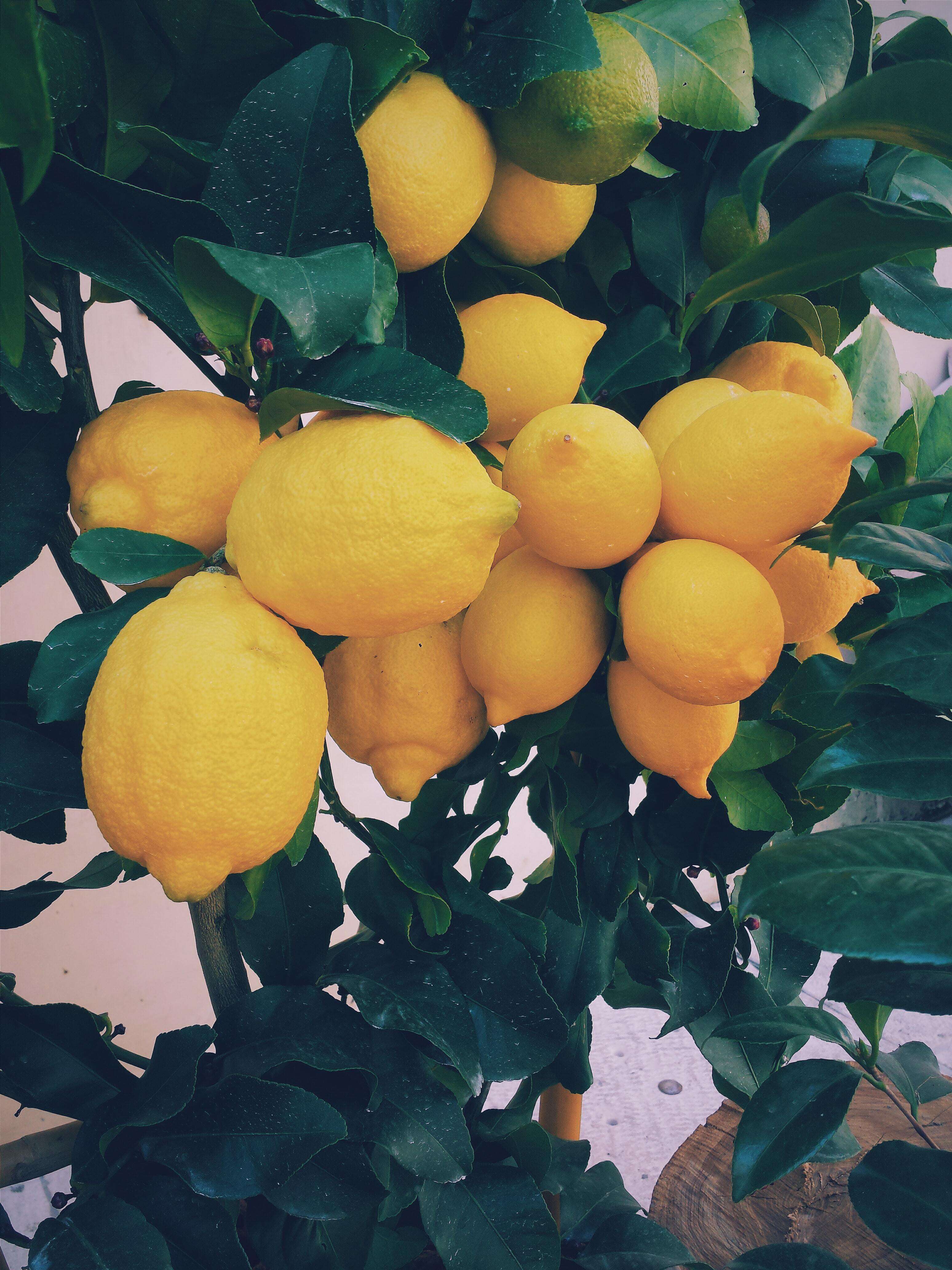
Factors Impacting Orange Juice Color
While color may alter taste perception, it is also a very real indicator of quality. Certain types of oranges, such as Valencia, are inherently more likely to produce juice of deep, appealing color along with high sugars and excellent taste while the juice of Hamlin oranges is less desirable.3 Where you grow your oranges can be just as important as which oranges you grow; oranges cultivated in dry California climates tend to have intense pigmentation that naturally lends itself to high-quality scores. Florida oranges, however, tend to have lighter and more subdued coloring due to hot and humid conditions and they may require additional processing to meet color standards. This may be done by blending the orange juice with tangerine or tangerine hybrid juices to create a more satisfactory hue, a process that requires careful color monitoring to ensure success. In addition to natural variation due to orange type and growing conditions, processing methods may also impact color. For example, concentrates exposed to excessive heat may suffer from Maillard oxidation, resulting in lower color quality as well as undesirable flavoring.4

The ColorFlex EZ Citrus spectrophotometer may also be used to measure the color of other citrus juices, such as lemon juice. Image Source: Unsplash user Ernest Porzi

